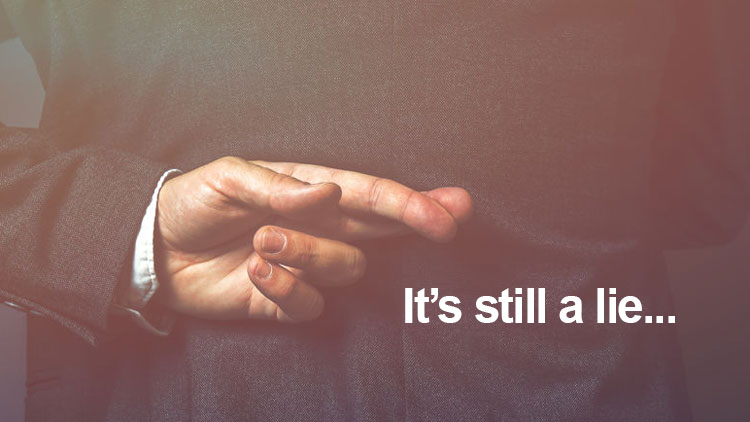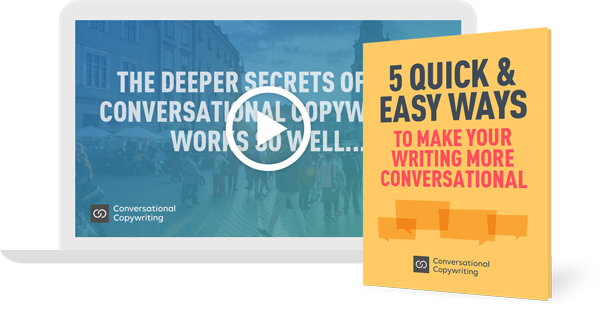
About 5 years into my career as a copywriter I was working on a campaign for a client in the pharmaceutical industry.
The product I was being asked to write about was a hospital analgesic – a painkiller for dealing with severe pain in a hospital setting.
The trouble was, when I looked through all the clinical studies for that product, I couldn’t find any evidence that it was effective as a painkiller.
In fact – and I remember this after almost 30 years – the best I could find was a statement that described the product as “slightly more effective than placebo, but not significantly so”.
In other words, this product was not much better at treating pain than a sugar pill.
When I challenged the client, he acknowledged the failings of the product, but said they needed to launch it so they could make back the money they had invested in the product’s development.
As an enthusiastic young copywriter in my twenties, I found the experience upsetting and disturbing. I did write that campaign, but a short while after I resigned from the ad agency.
That’s when I launched myself as a freelance copywriter. And I made myself a few promises about what I would and wouldn’t do as a copywriter. At the very least, I promised myself I would never again lie on behalf of a client. Because that’s what I ultimately did for that pharma client. We called it “stretching the truth” at the time. But the fact is, we lied.
Over the years I have drawn some lines in the sand and set boundaries about how far I’ll go when it comes to selling a product or service. I steer clear of hype. I don’t oversell to the point where the promises I make are misleading.
Have I come close to crossing that line over the years? A few times, yes. But the closer I get to that line, the more uncomfortable I feel.
Also, I have been challenged by plenty of colleagues who worry that by pulling back from the “hard sell” approach I’m doing my clients a disservice.
I disagree with them. I think I have always done my best for my clients because I believe in a way of writing copy that still delivers powerful results, but without the hard sell or hype.
Until recently I never really had a name for this approach… although I knew if felt a lot more honest, authentic and human than traditional copywriting.
It’s an approach that allows me to practice my craft while still feeling comfortable in my own skin.
In fact, one of my “rules” has always been…
“If the person I am selling to is my neighbor, and if I make my sales pitch to him one-on-one, while looking him in the eye… will I feel comfortable with what I’m saying? And if he buys, will I feel comfortable enough to follow up later and ask him how he feels about his purchase?”
For me, the answer to those two questions needs to be yes.
Which is why for years now I have been immersing myself in what can broadly be described as the craft of conversational copywriting.
Conversational copywriting keeps me honest, and closes more sales.
It keeps me honest because I hold myself accountable with that idea of making eye contact with my prospect – even if that moment happens only in my imagination as I sit down to write.
It closes more sales because nothing influences beliefs and changes minds as effectively as a conversation.
Think about that…
If you really and truly need to make a work colleague get on side with you, you don’t send her a text or an email. You walk down the corridor to her office and engage in a one-on-one conversation.
If you want to persuade your spouse to agree to getting a rescue dog, or buying a new car, you do it through conversation, face to face, with a smile.
The power of conversation as a way to change minds is a topic to address in detail in another blog post.
Suffice it to say, conversational copywriting not only keeps me honest, but also helps me close more sales.
This means I get to feel good about all the work I do, while delivering great results for my clients.
NOTE: If you’d like to add the craft of conversational copywriting to your online writer’s toolbox, find out about the Conversational Copywriting course here…
